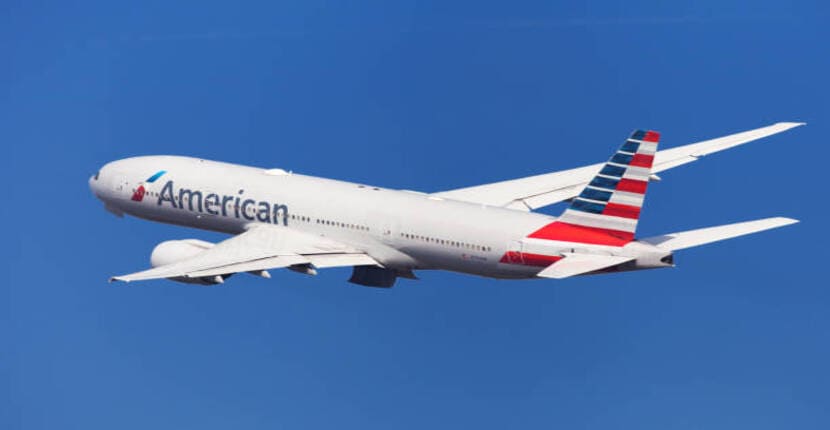Saturday, May 17, 2025
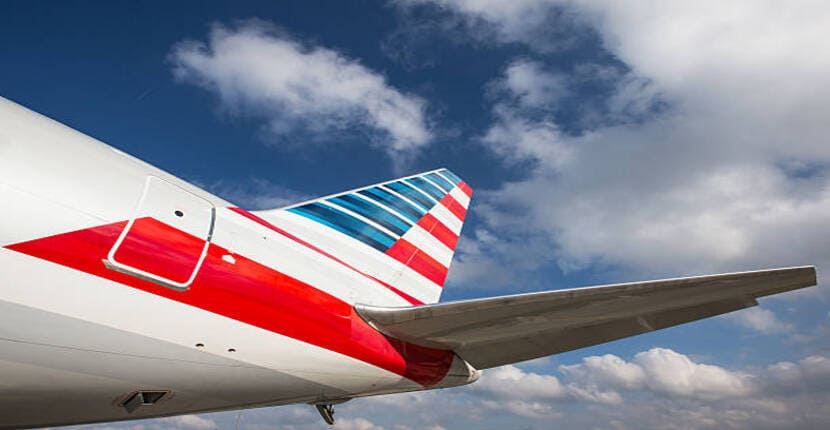
As the summer travel season kicks off and Americans prepare for Memorial Day weekend, one of the country’s largest airlines is making moves to improve the experience for passengers with connecting flights. With over 715,000 flights already booked between May 16 and September 2, and July 6 projected to be the airline’s busiest day, smoother and more efficient connections are more important than ever.
In response to growing travel demand and increased air traffic, the airline is launching new technology aimed at helping travelers make their connections—especially those at risk of missing their next flight. The innovation is being introduced first at Dallas-Fort Worth International Airport (DFW), with plans to roll out to Charlotte Douglas International Airport (CLT) and other major hubs throughout the summer.
The goal is simple: reduce missed connections and enhance the customer experience during one of the busiest travel seasons in years.
How the New Technology Works
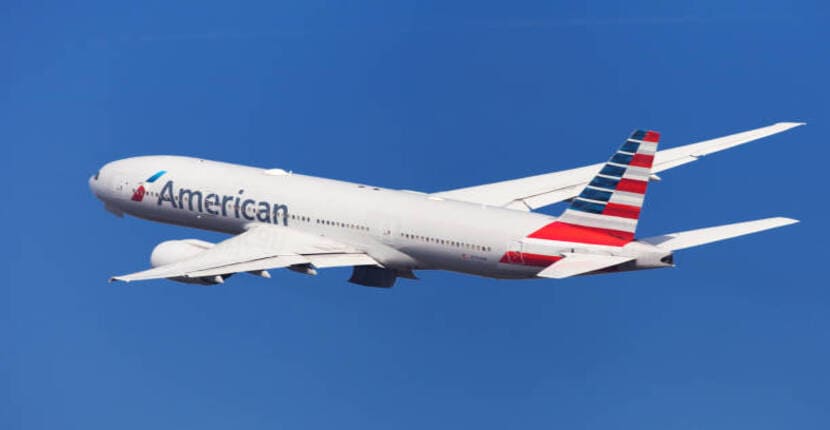
This new system automatically detects departing flights with connecting passengers at risk of missing their next leg. If the airline’s scheduling systems determine that a short hold will not negatively impact overall operations, the departing flight can be delayed briefly to allow those passengers to board.
This marks a shift from traditional processes where last-minute delays for connections were rare and manual decisions had to be made under pressure. By automating the decision-making process, the airline aims to streamline operations while improving customer satisfaction.
The technology is designed to be adaptive, integrating with real-time flight data and hub activity to optimize hold decisions without significantly affecting on-time performance.
Why This Matters for Summer Travel
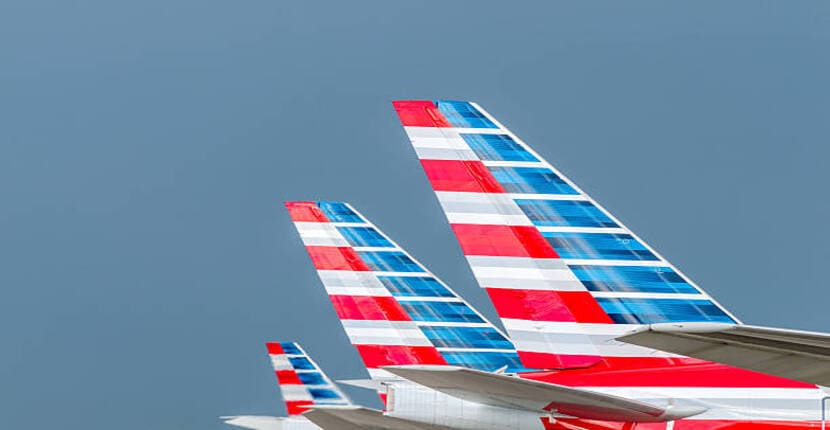
With Memorial Day weekend expected to see over 45 million travelers, including more than 3.6 million flying, this update couldn’t come at a better time. Airports will be crowded, schedules will be tight, and passengers—especially families and leisure travelers—will be relying on smooth, stress-free connections.
Missed flights are a common source of frustration and delay, often turning a short layover into a travel nightmare. The new system helps bridge that gap, giving customers a better shot at reaching their final destination without extended layovers, rebookings, or overnight airport stays.
What Travelers Can Expect
Travelers passing through Dallas-Fort Worth this summer may already benefit from the enhanced system, as it evaluates real-time scenarios and proposes short delays to accommodate late-arriving connections. Once proven effective, the system will expand to other major hubs, starting with Charlotte.
This is part of a broader push by the airline to modernize its operations through technology. It complements other recent upgrades such as:
- A redesigned mobile app for easier booking and real-time updates
- Improvements to the boarding process
- Extended boarding windows on domestic flights for added flexibility
The focus is on reducing passenger stress and improving reliability, especially when millions are traveling for long-awaited summer vacations.
A Smarter Travel Experience
As airline technology evolves, the focus has shifted from solely operational efficiency to customer-centric innovations. The airline’s decision to invest in AI-driven scheduling improvements shows a deeper understanding of what passengers really want: confidence that their travel plans won’t fall apart due to missed connections.
By using data to make informed, real-time decisions about which flights can afford a small delay, the airline helps more people get to their destinations on time—without disrupting overall operations.
What’s Next?
While the system is starting at DFW and expanding to Charlotte, it’s expected to be introduced at other major domestic hubs over the course of the summer. If successful, the technology could become a permanent part of the airline’s operations, influencing the industry standard for connection management.
The airline’s proactive approach indicates an awareness of the increased demand for reliable travel during high season, particularly with more Americans taking to the skies post-pandemic and leisure travel seeing continued resurgence.
Tips for Travelers This Summer
If you’re traveling this summer and have a connecting flight, here are a few ways to maximize the benefit of these new technologies:
- Keep your airline app updated to receive push notifications about gate changes and boarding times.
- Check your layover time—aim for at least 60 minutes between domestic flights, more for international ones.
- Stay alert at the airport—knowing your gate and monitoring any changes can help you act fast if your schedule shifts.
- Travel light when possible to avoid delays in retrieving carry-ons or checked luggage.
- Book early flights when possible to avoid the cumulative delays that can affect evening travel.
Final Thoughts
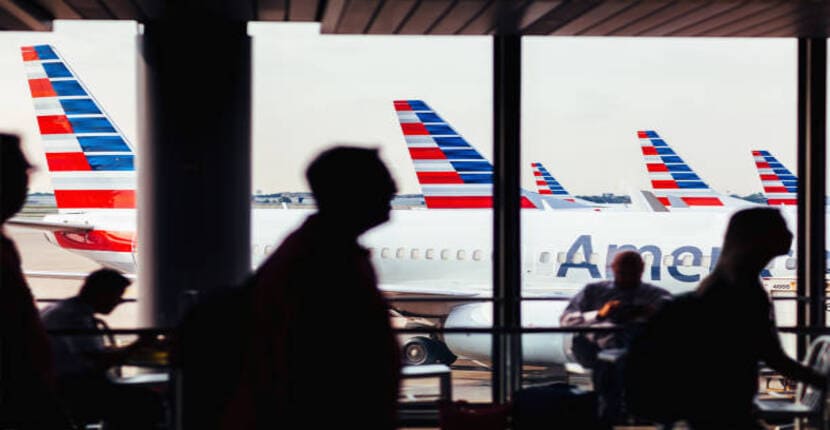
As Americans gear up for a busy summer filled with family vacations, business trips, and long-awaited getaways, airlines are under pressure to deliver reliable, efficient, and stress-free service. This new technology, focused on protecting passengers from missed connections, is a step in the right direction.
While air travel always comes with unpredictability, innovations like this show that the airline industry is beginning to leverage technology not just for cost-saving, but for improving the traveler experience.
For passengers flying through Dallas-Fort Worth or Charlotte in the coming weeks, this could mean the difference between a missed flight and a seamless journey—and that’s exactly what travelers are looking for in 2025.
